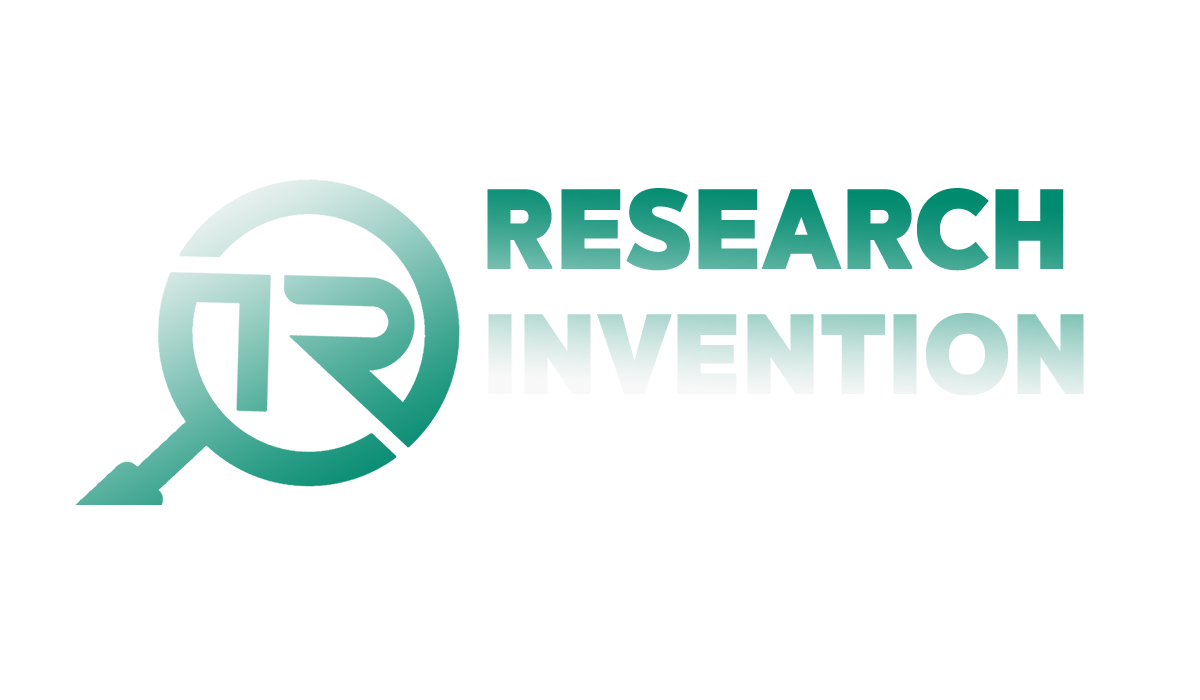Synergistic Potential of Herbal Polytherapy in Benign Prostatic Hyperplasia: An Integrative Phytomedicine Perspective
Okello Abura L.
Faculty of Medicine Kampala International University Uganda
ABSTRACT
Benign prostatic hyperplasia (BPH) is a prevalent age-related urological disorder associated with progressive prostate gland enlargement and lower urinary tract symptoms (LUTS). While conventional therapies such as alpha-blockers and 5-alpha reductase inhibitors offer symptom relief, they are often accompanied by adverse effects and limited long-term efficacy. Increasingly, interest is growing in phytotherapeutic approaches that harness the therapeutic synergy of multiple herbal compounds. Herbal polytherapy, the use of combinations of medicinal plants, is rooted in traditional medicine systems and increasingly supported by experimental evidence. This review explores the integrative phytomedicine perspective of herbal polytherapy in BPH management, emphasizing the mechanistic rationale for combining herbs, their multi-targeted effects on inflammation, oxidative stress, hormonal modulation, apoptosis, and smooth muscle relaxation. Notable herbal combinations, including Serenoa repens, Pygeum africanum, Urtica dioica, Curcuma longa, and Camellia sinensis, are examined for their synergistic interactions and evidence of clinical efficacy. The pharmacokinetic and safety challenges of polyherbal formulations are discussed alongside emerging nanotechnological strategies to enhance bioavailability. The review advocates for standardized, evidence-based integration of herbal polytherapy into BPH treatment regimens and calls for rigorously designed clinical trials to establish efficacy, dosage guidelines, and safety in diverse populations.
Keywords: Benign prostatic hyperplasia, Herbal polytherapy, Phytomedicine, Synergistic effects, Prostatic inflammation
CITE AS: Okello Abura L. (2025). Synergistic Potential of Herbal Polytherapy in Benign Prostatic Hyperplasia: An Integrative Phytomedicine Perspective. RESEARCH INVENTION JOURNAL OF RESEARCH IN MEDICAL SCIENCES 4(3):70-76. https://doi.org/10.59298/RIJRMS/2025/437076
